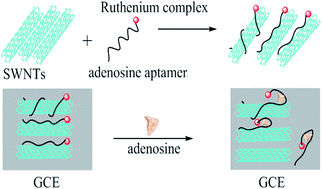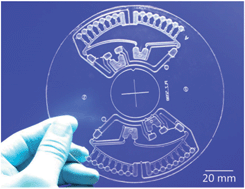Take a look at our new hot articles just published in Analytical Methods. These papers are all free to read until March 31st 2014. Enjoy the reading!
Human papilloma virus genotyping by surface-enhanced Raman scattering
Sam Hibbitts, P. Lewis White, Julie Green, Graeme McNay, Duncan Graham and Ross Stevenson
Anal. Methods, 2014,6, 1288-1290
DOI: 10.1039/C4AY00155A, Communication
A porous layer open tubular monolith on microstructured optical fibre for microextraction and online GC-MS applications
Samuel M. Mugo, Lauren Huybregts and James Mazurok
Anal. Methods, 2014,6, 1291-1295
DOI: 10.1039/C3AY41732H, Communication
Simple and highly sensitive electrogenerated chemiluminescence adenosine aptasensor formed by adsorbing a ruthenium complex-tagged aptamer on single-walled carbon nanotubes
Zhejian Li, Honglan Qi, Haiying Yang, Qiang Gao and Chengxiao Zhang
Anal. Methods, 2014,6, 1317-1323
DOI: 10.1039/C3AY41978A, Paper
Spectroscopic studies on naftazone and its metal complexes with analytical applications for quality control of tablets
Fawzia Ahmed Ibrahim, Nahed Mahmoud El-Enany, Rania Nabih El-Shaheny and Ibraam Emad Mikhail
Journal Article
Anal. Methods, 2014, Advance Article
DOI: 10.1039/C3AY41819G, Paper
Determination of the migration of eight parabens from antibacterial plastic packaging by liquid chromatography-electrospray ionization-tandem mass spectrometry
Lijun Lu, Wenming Xiong, Xiaojing Li, Shuiyuan Lv, Xi Tang, Minshi Chen, Zhexiang Zou, Zhenyu Lin, Bin Qiu and Guonan Chen
Anal. Methods, 2014, Advance Article
DOI: 10.1039/C3AY42080A, Paper
















